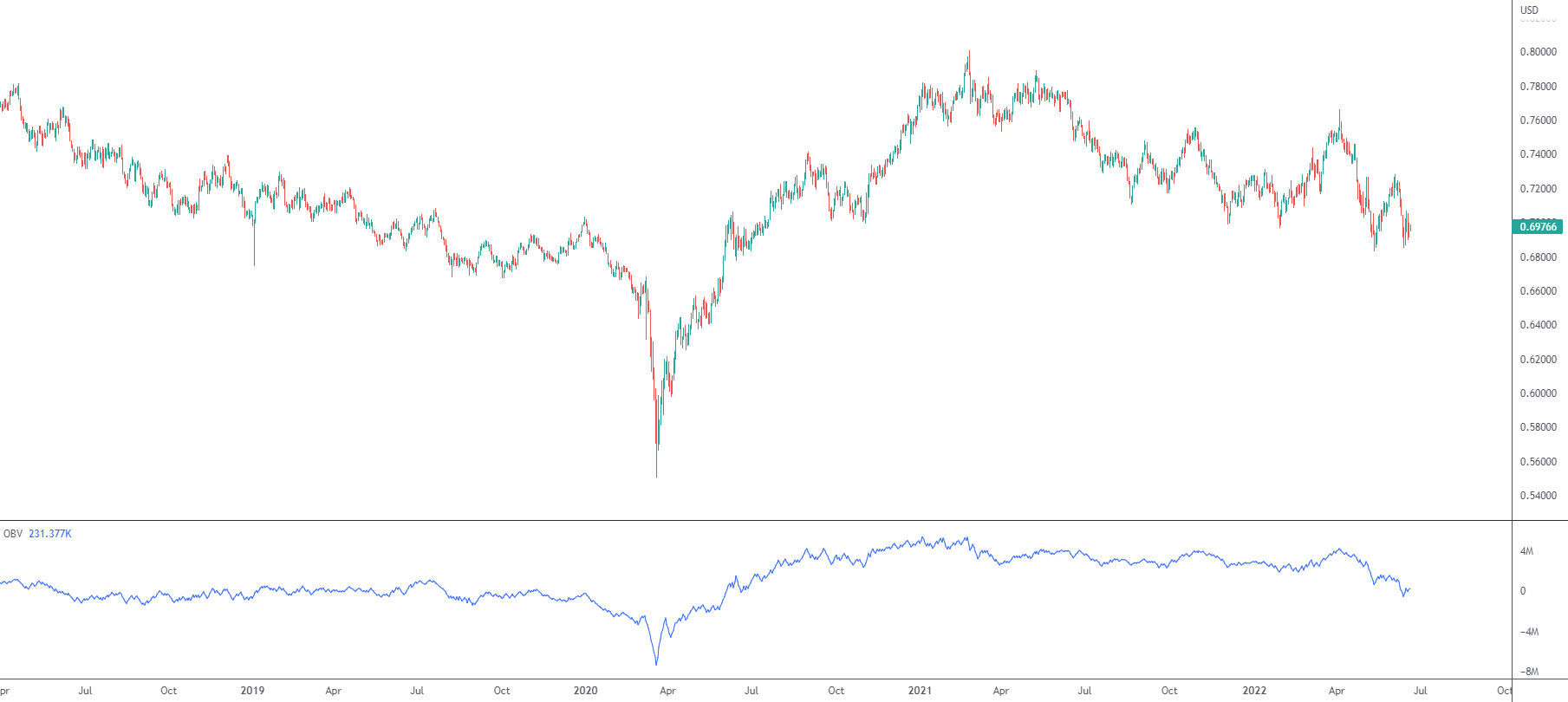- INICIO RÁPIDO
Plataformas de trading Metatrader 4 (MT4) Metatrader 5 (MT5) cTrader WebTrader MT5 Mobile Trader Iress Operativa Social
- Trading
- PLATAFORMAS
- ASOCIADOS
- Resources
con la mejor tecnología financiera Acerca de FP Markets Regulación Noticias de la empresa Documentos Legales Empleos Corporate Social Responsibility/ FP Markets Group







 Accede a más de 10.000 instrumentos financieros
Accede a más de 10.000 instrumentos financieros